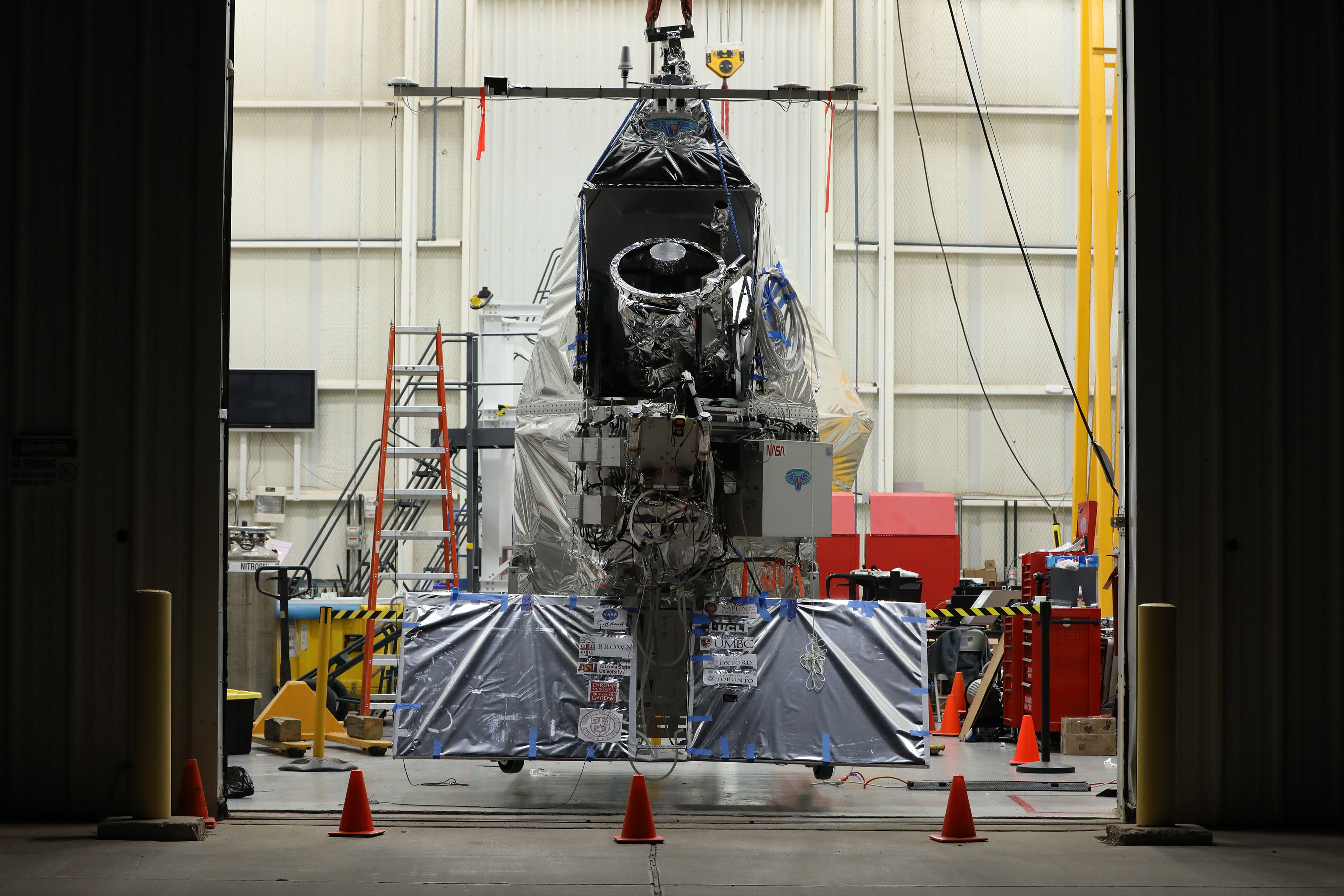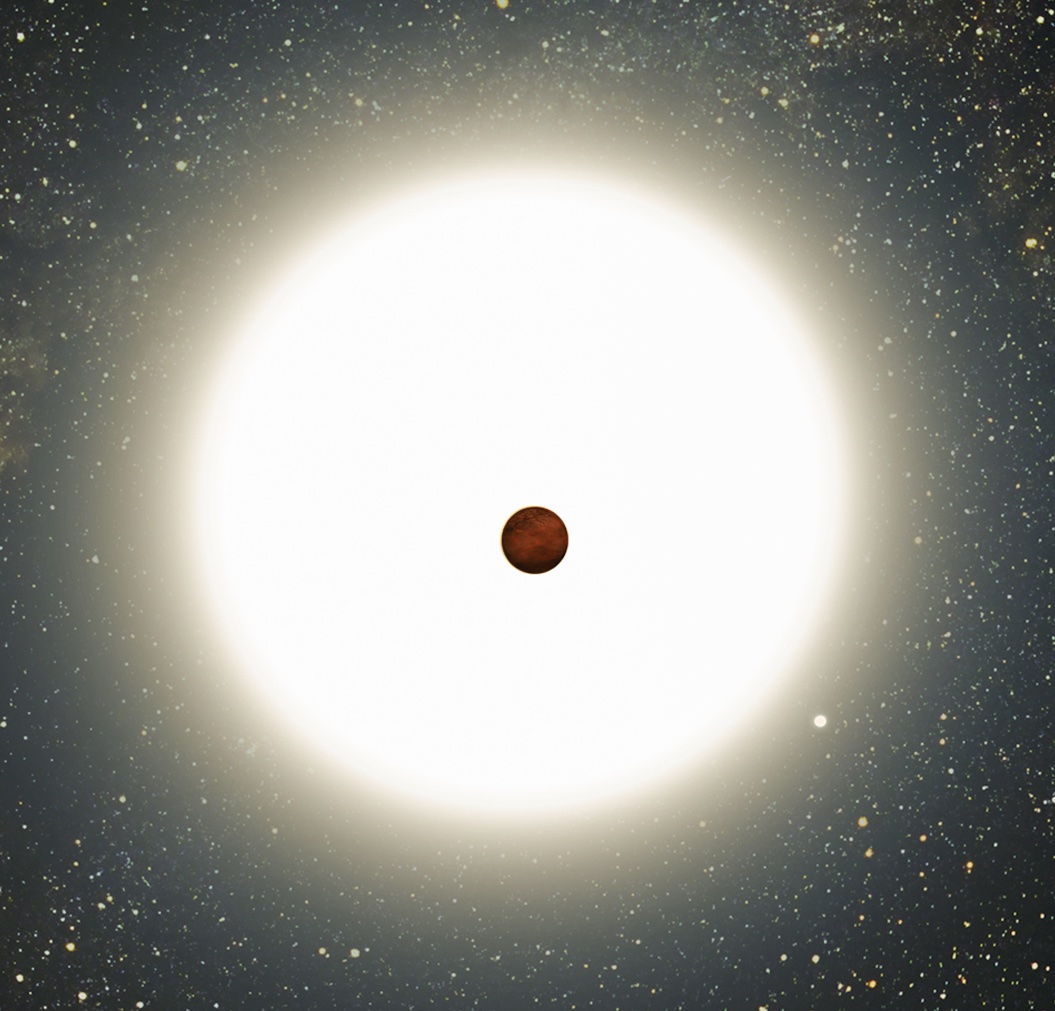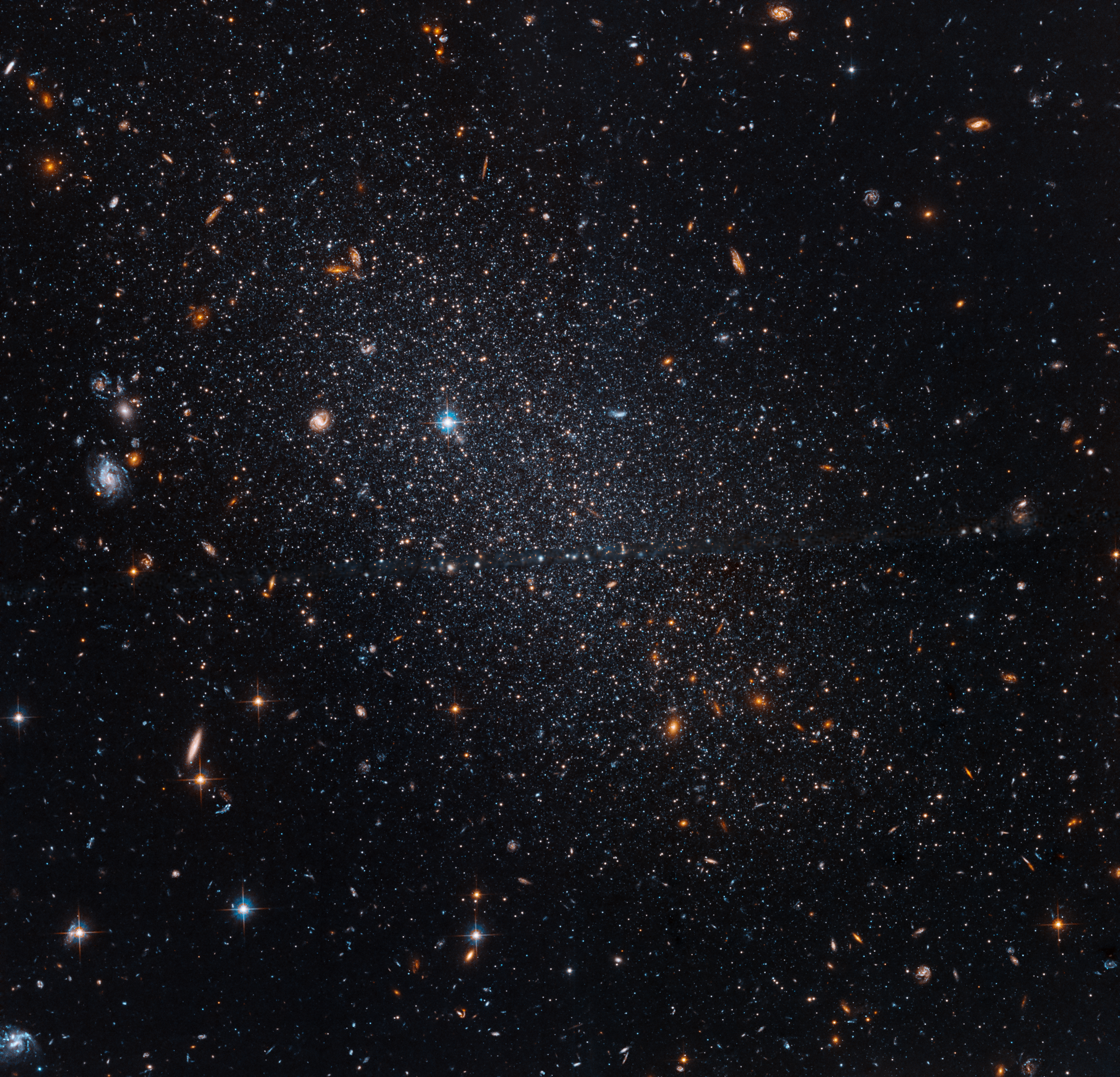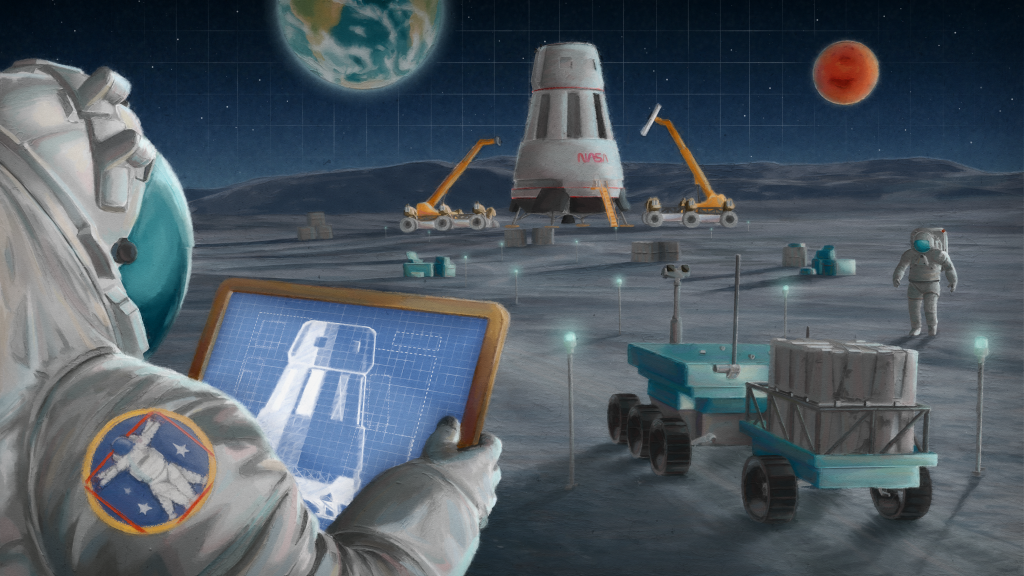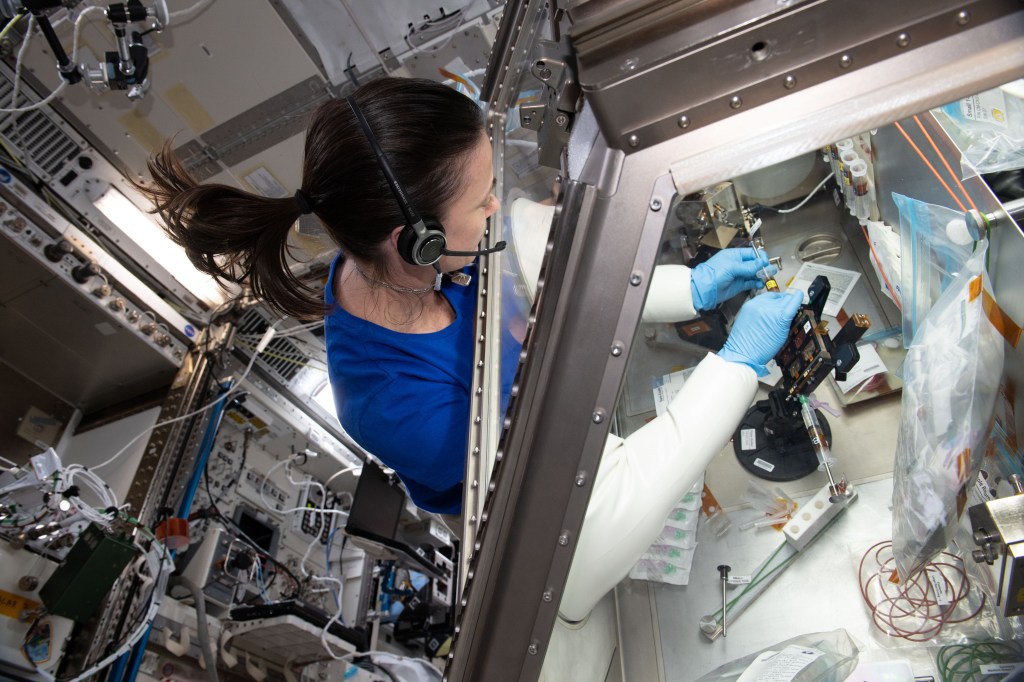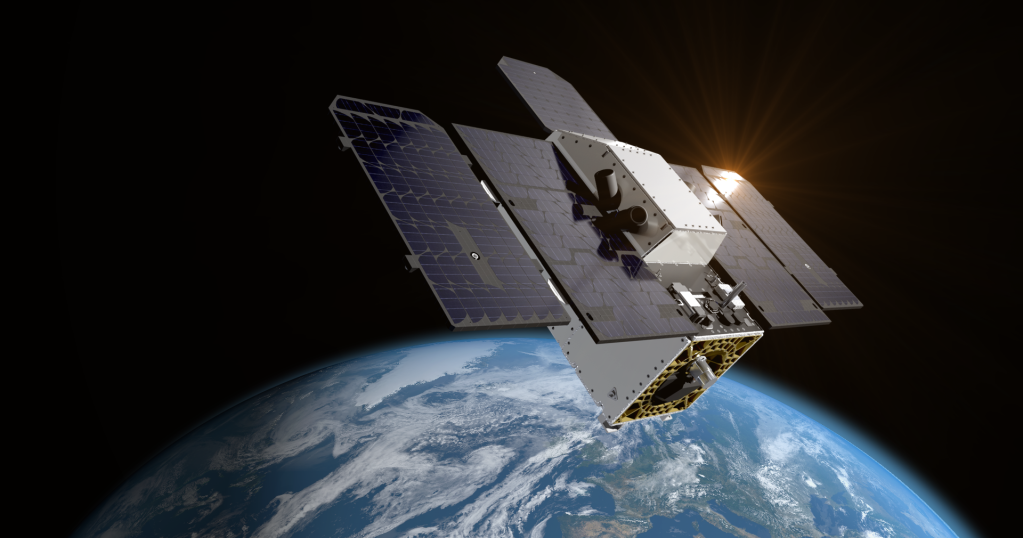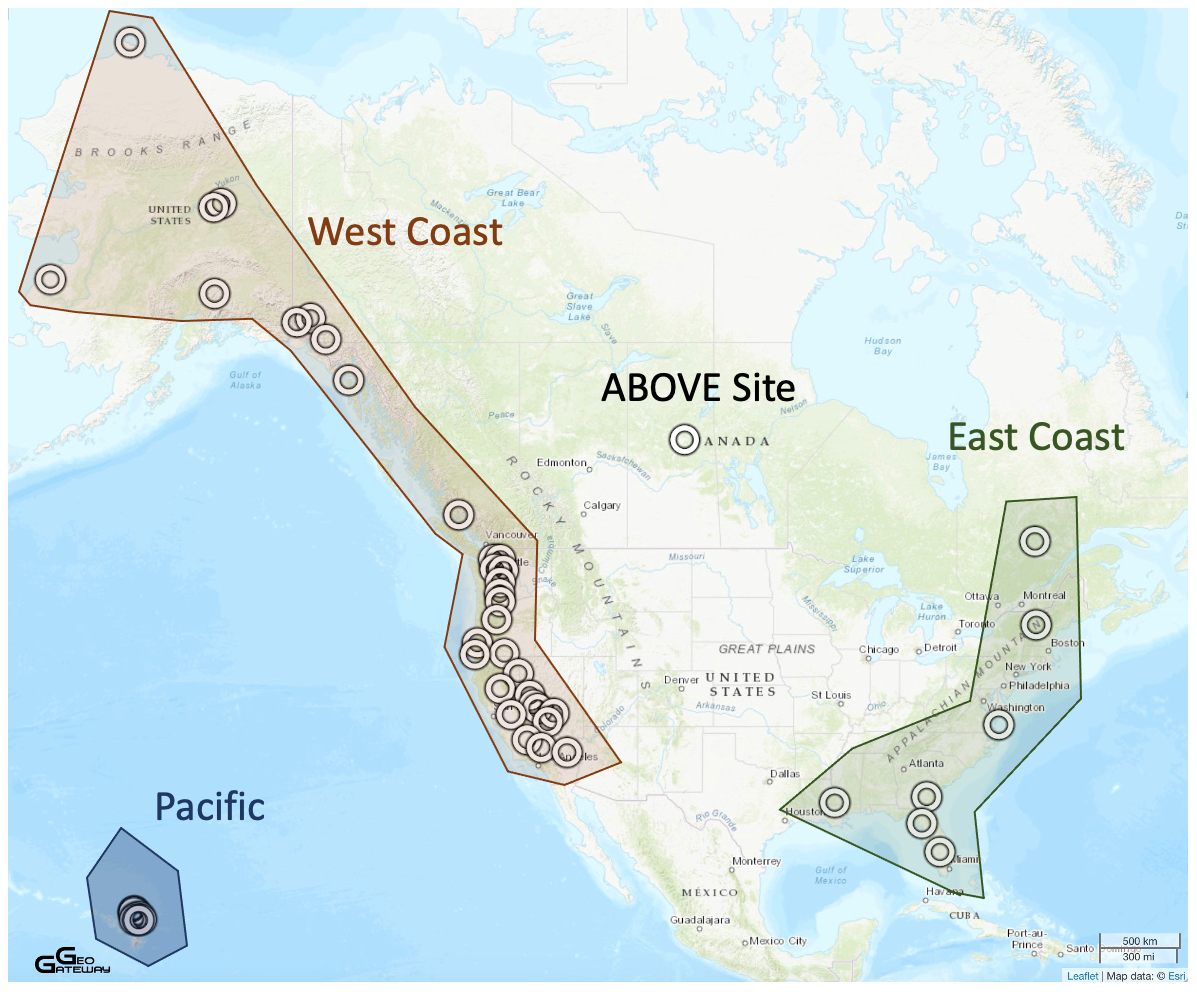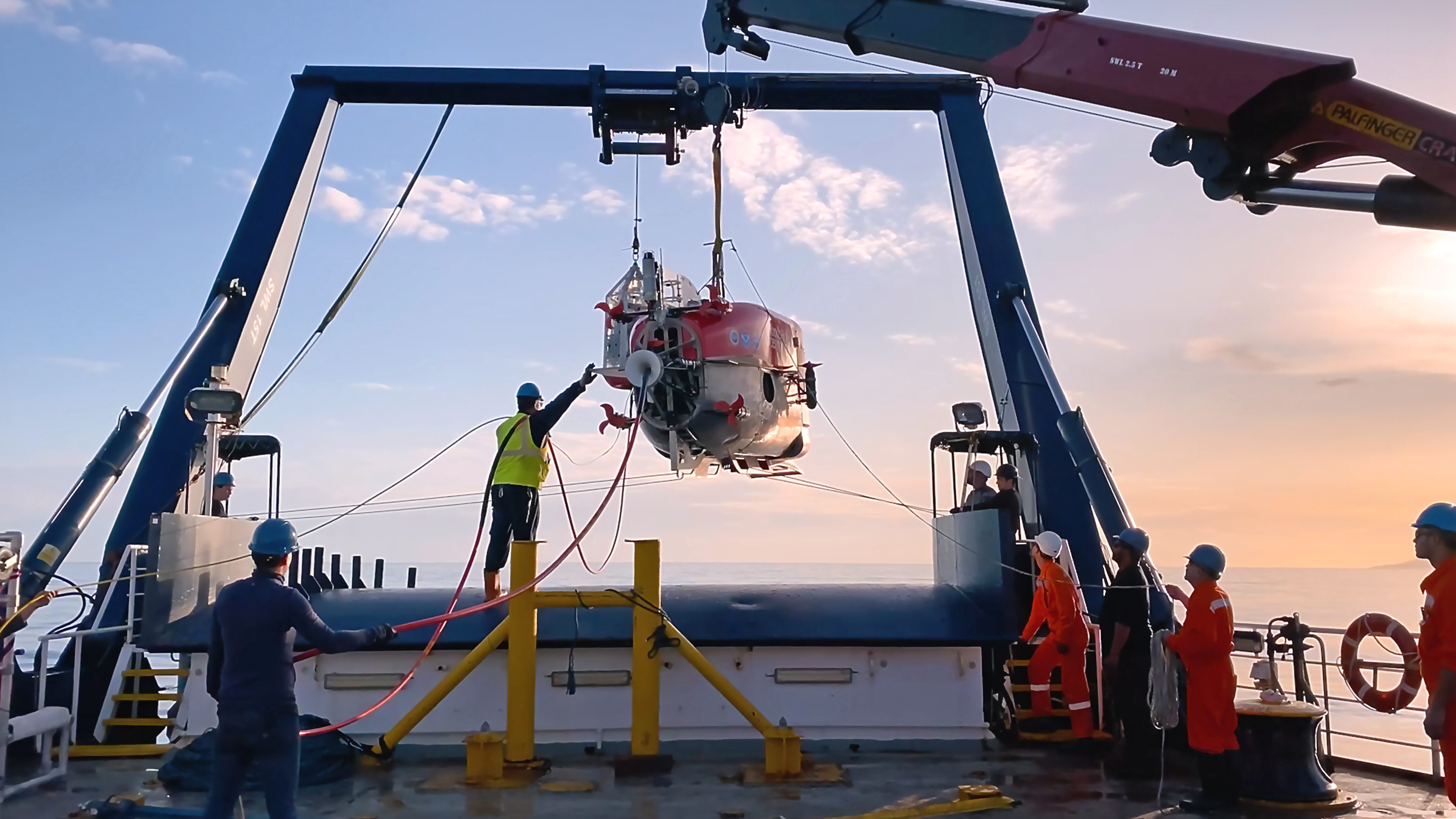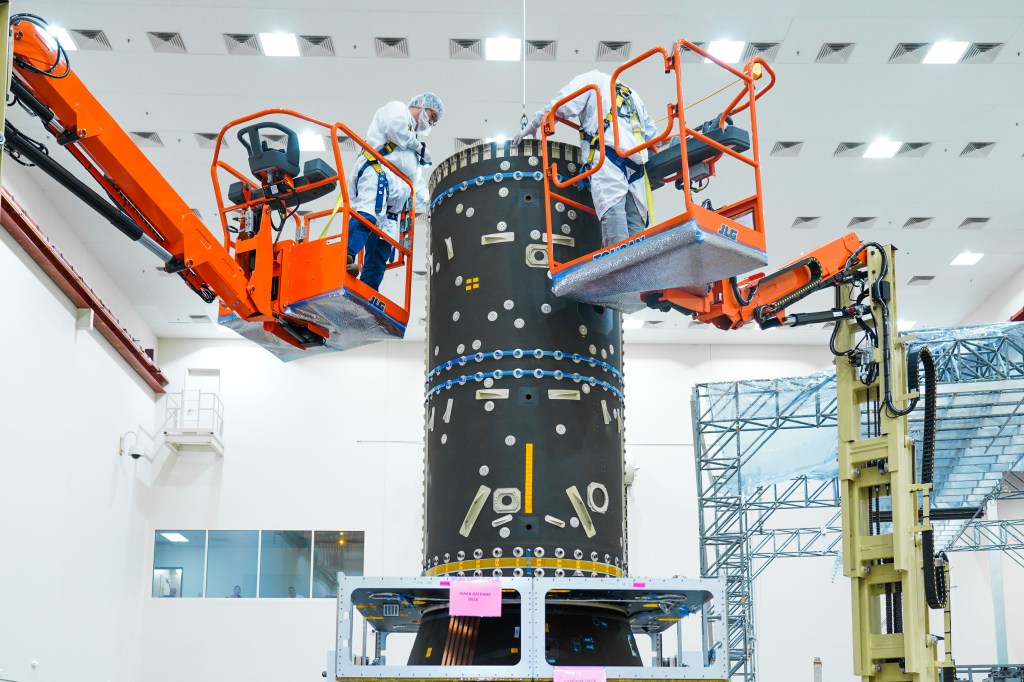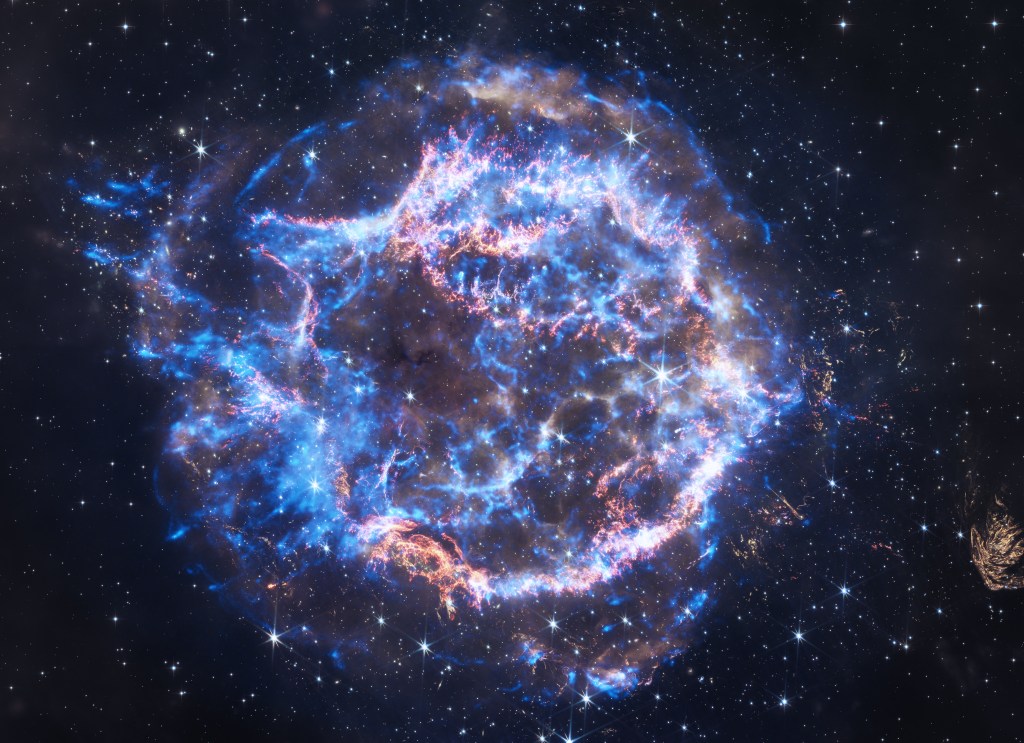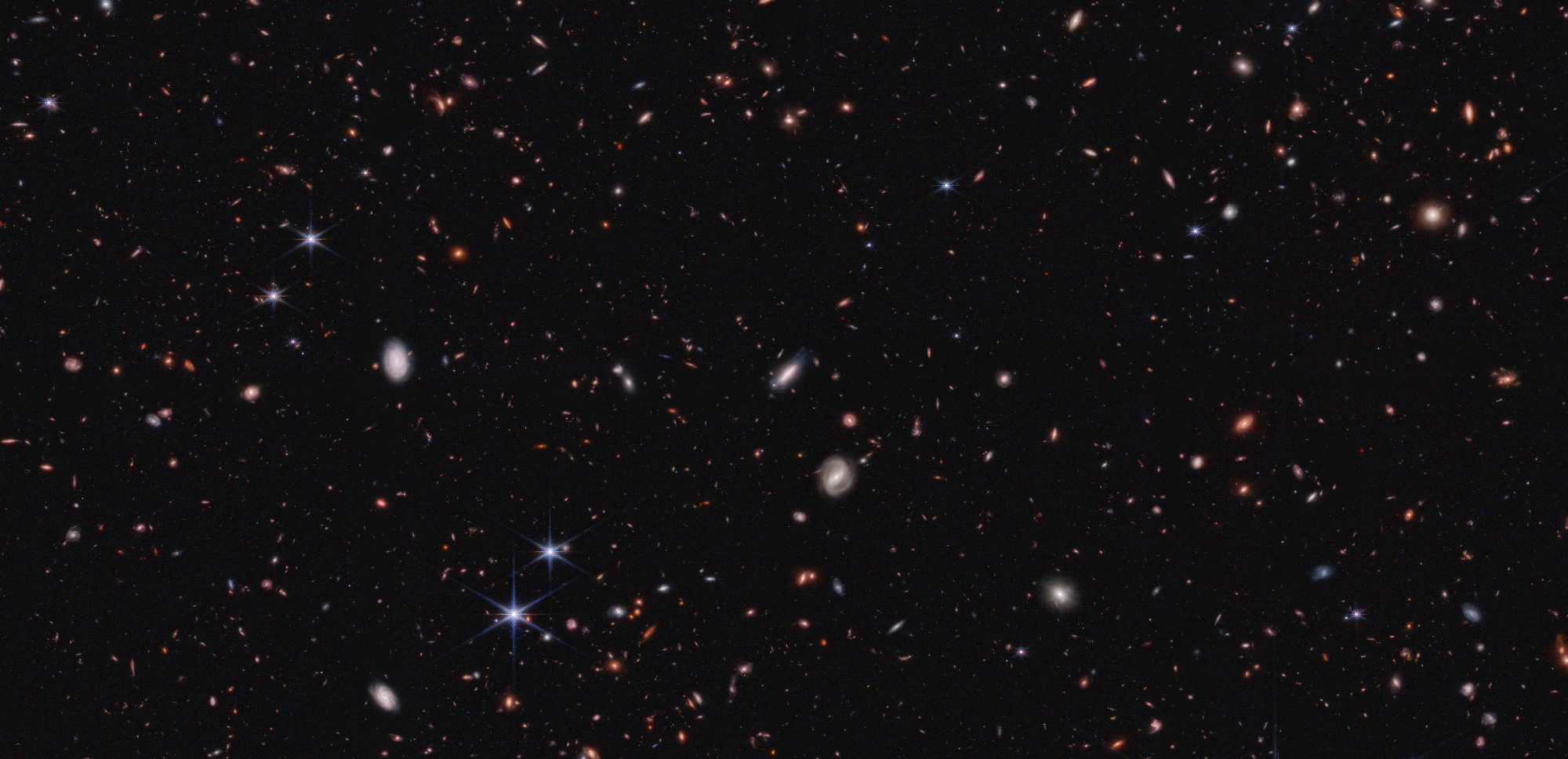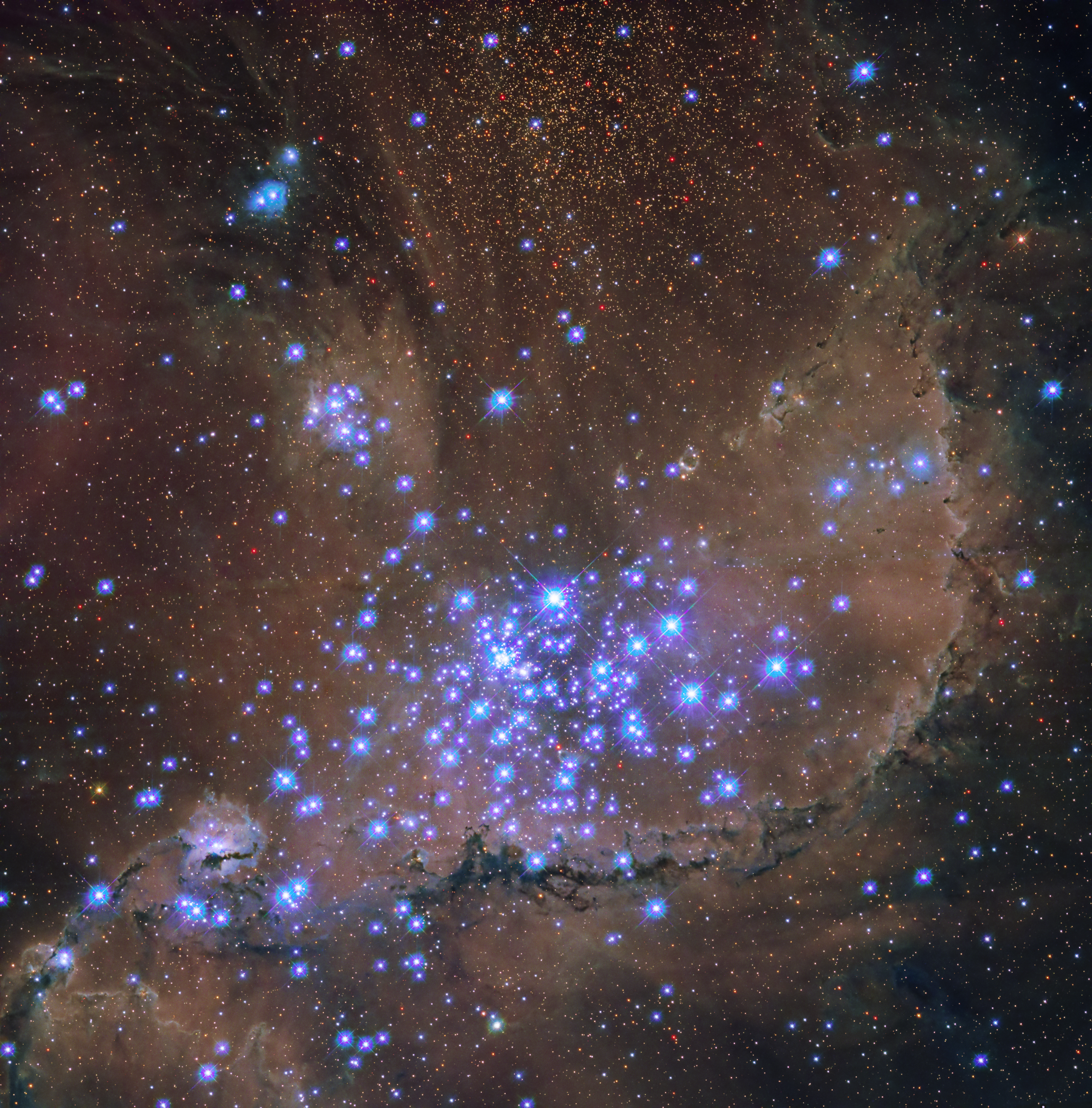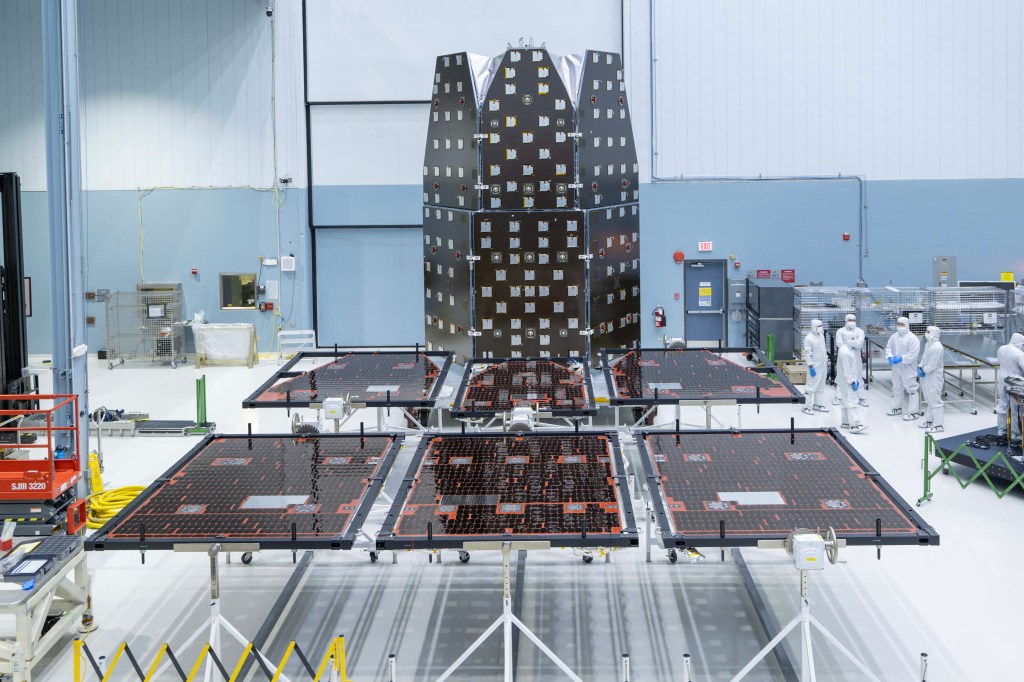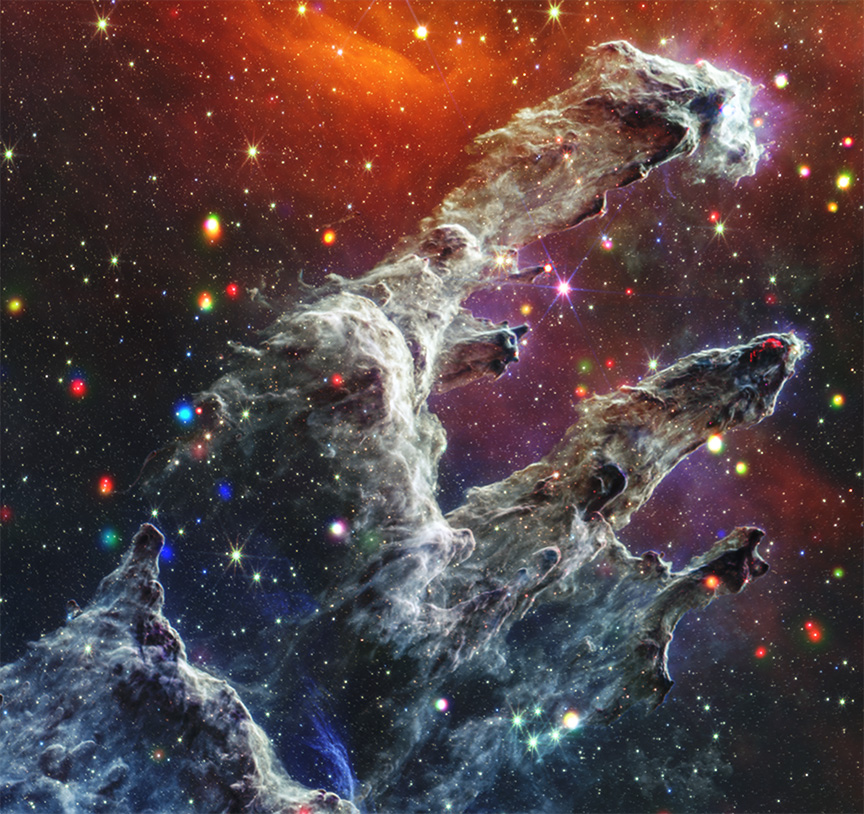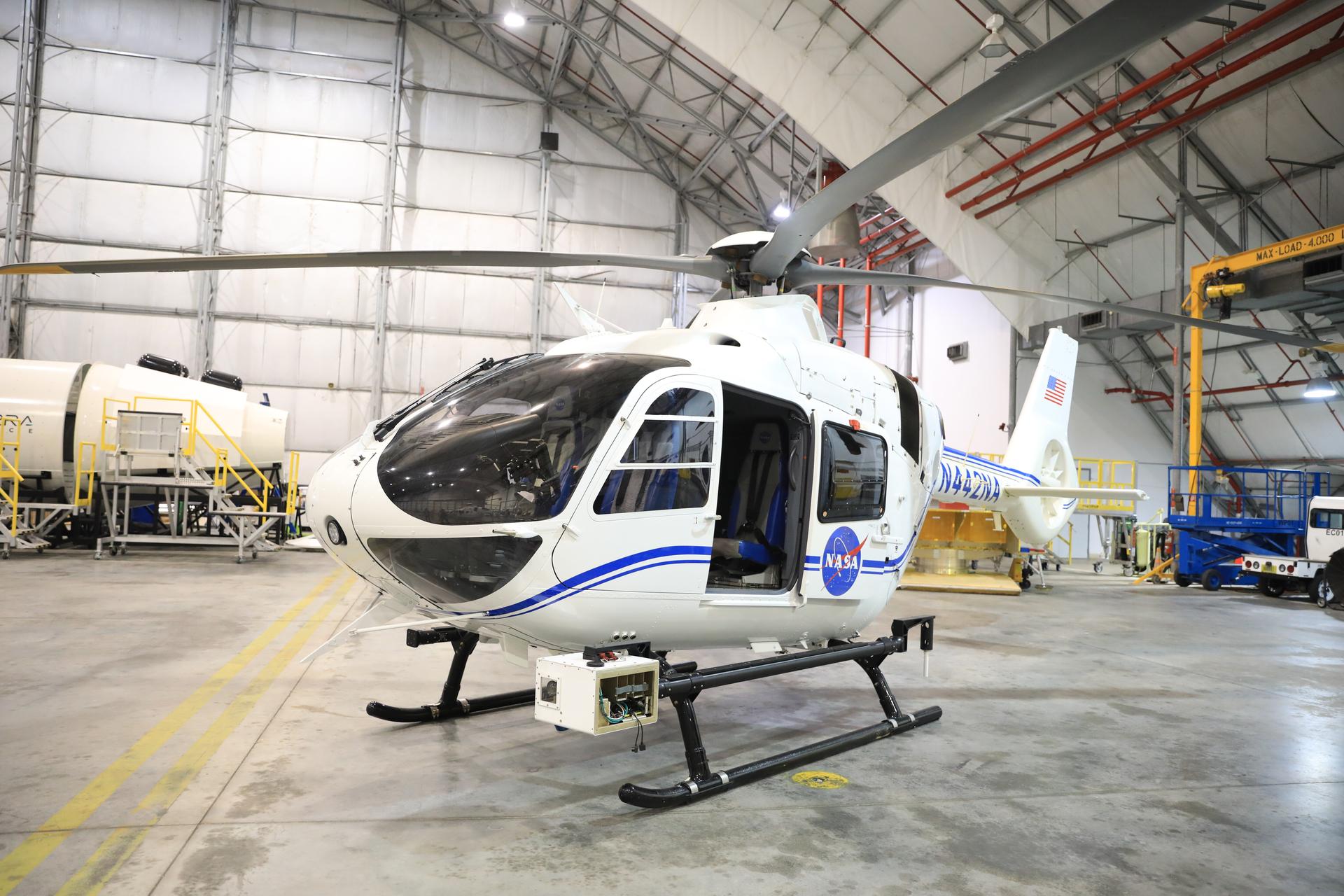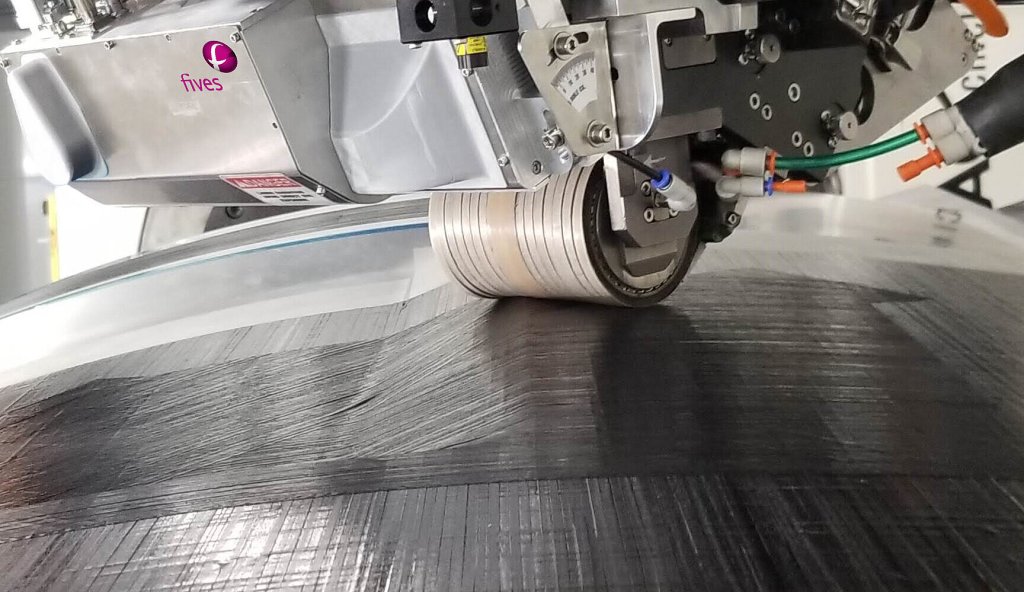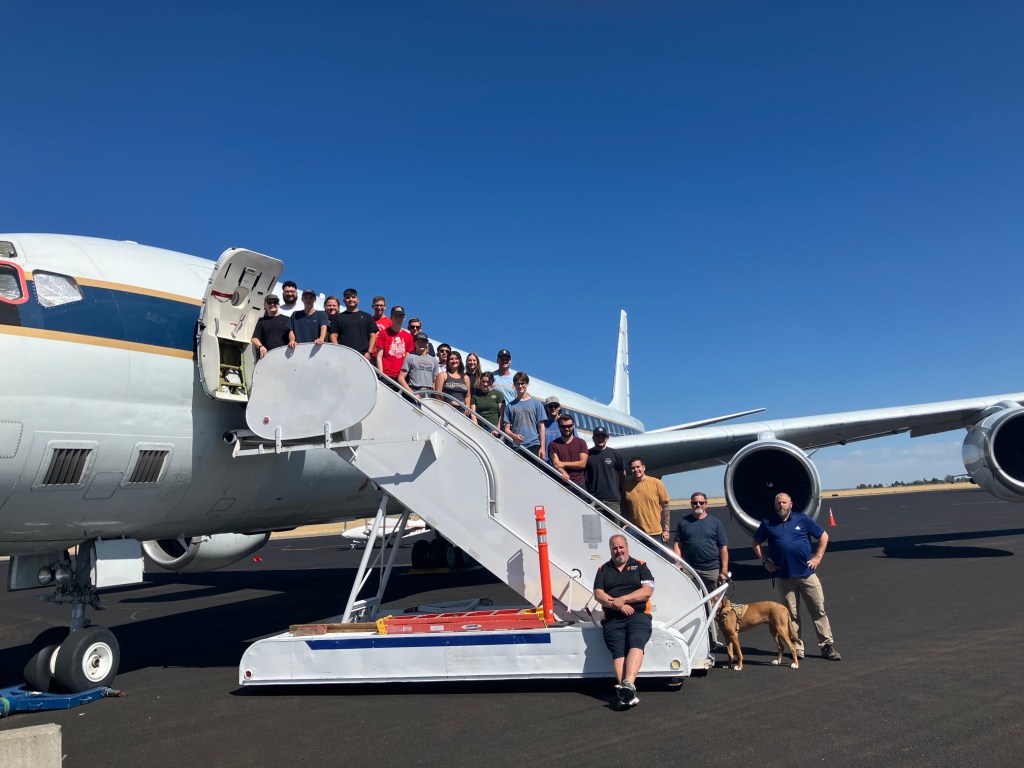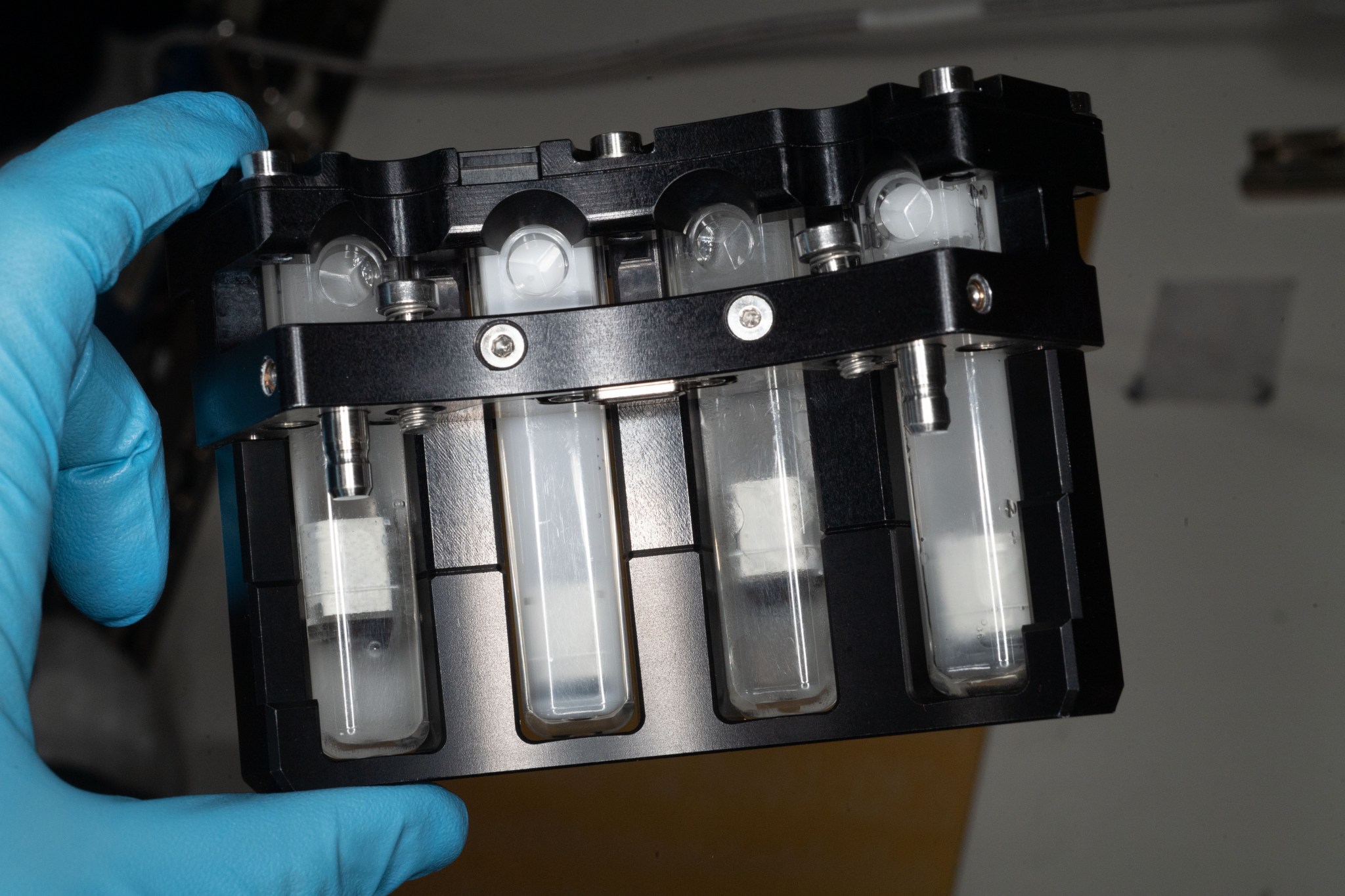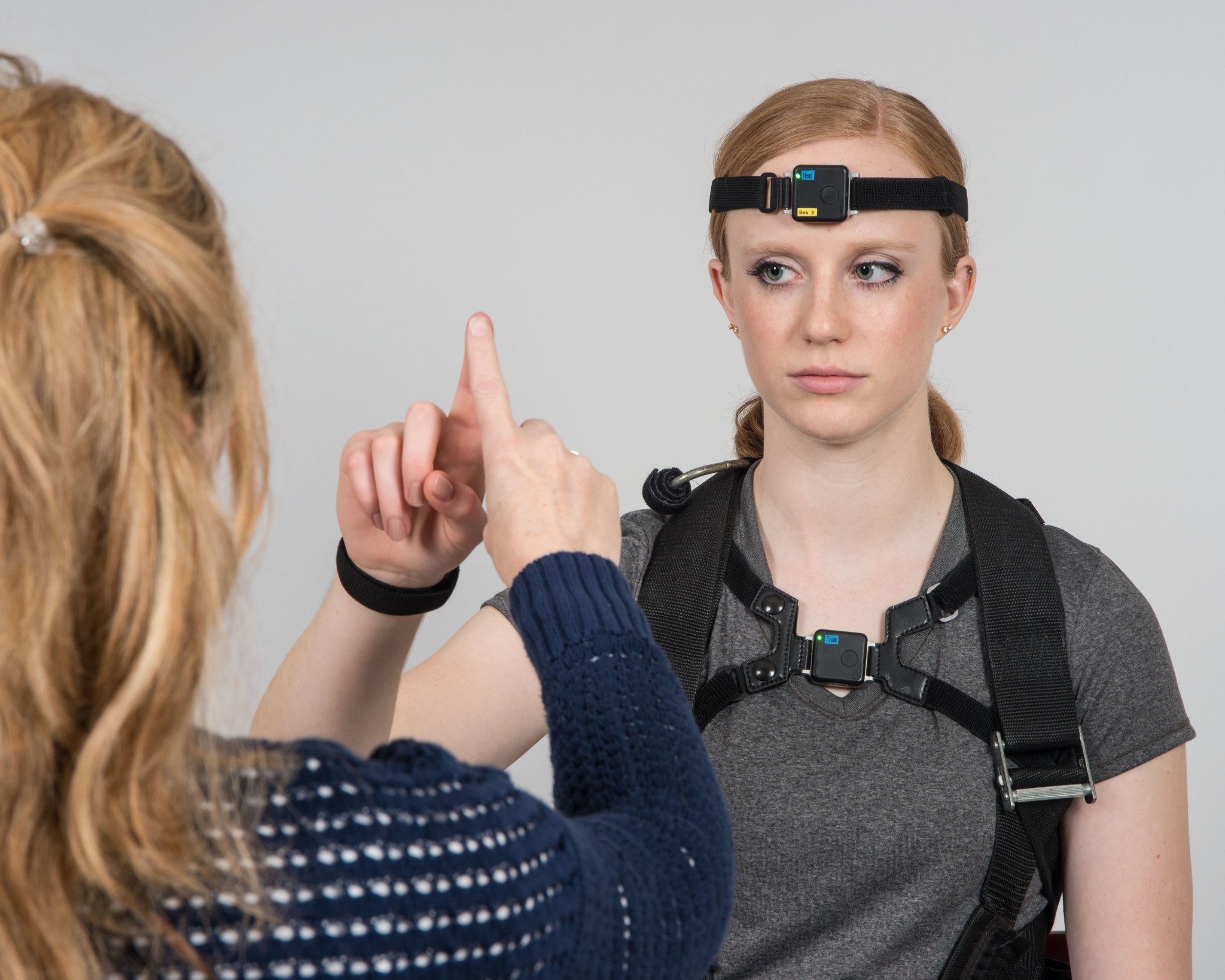Researchers successfully produced cellulose from bacteria cultured on the International Space Station for four weeks. The bacteria used in the experiment, K. hansenii, is known to produce the highest amount of cellulose and could be considered for large-scale production in microgravity to support the development of materials used in construction, clothing, and the supply of energy.
Ice Cubes Experiment Cube #4, #5- Kirara, a temperature-controlled module typically used for protein crystallization, was used here to incubate the target bacteria. Researchers developed a customized methodology that consisted of adjusting gas and air in various culture vessels in low-temperature conditions. Future studies could help to promote large scale production of bacterial cellulose to support deep space exploration.
Researchers studied two properties of oil-in-water emulsions in microgravity (i.e., drop size and drop displacement at a constant speed and direction), finding that while oil drops grow over time, drop displacement decreases. This was an unexpected observation in microgravity where neither sedimentation nor creaming occurs. These results could improve knowledge of fluid mechanics relevant to industrial processes on Earth and enable technologies for space exploration.
Fluid Science Laboratory (FSL) Soft Matter Dynamics – Particle STAbilised Emulsions and Foams (PASTA) studies the dynamics of droplets to enhance understanding of coalescence and size evolution in emulsions. Emulsions are systems where two unmixable fluids are combined via small droplets inside the second liquid. Researchers explained that drop growth was the result of aggregation (or coalescence) between small drops colliding with each other. Enhanced understanding of coalescence, a property that is associated with the stability of surfactants such as oils, dyes, and detergents, can lead to a safer environment and sustainability of certain emulsion technologies in multiple arenas such as the food, pharmaceutical, paint, and lubrication industries.
Nystagmus, a condition associated with vestibular imbalance and cerebellar dysfunction characterized by rapid and uncontrollable eye movements, was detected in about 45% of crew members soon after landing. Correct diagnosis of this condition enables the development of strategies and countermeasures for a speedy recovery after spaceflight.
In the Field Test investigation, researchers investigated the complexity, severity, and duration of physical changes that occurred in astronauts after spaceflight. Astronauts and cosmonauts that live in space for extended periods experience physical changes that have noticeable effects once they return to Earth’s gravity, including changes to vision, balance, coordination, blood pressure, and the ability to walk. Some crew members showed nystagmus in several gaze positions, with significant recovery identified 10 to 13 days postflight. These results expand researchers’ understanding of vestibular disorders, adaptations to spaceflight, and dynamics of recovery after prolonged microgravity exposure.


